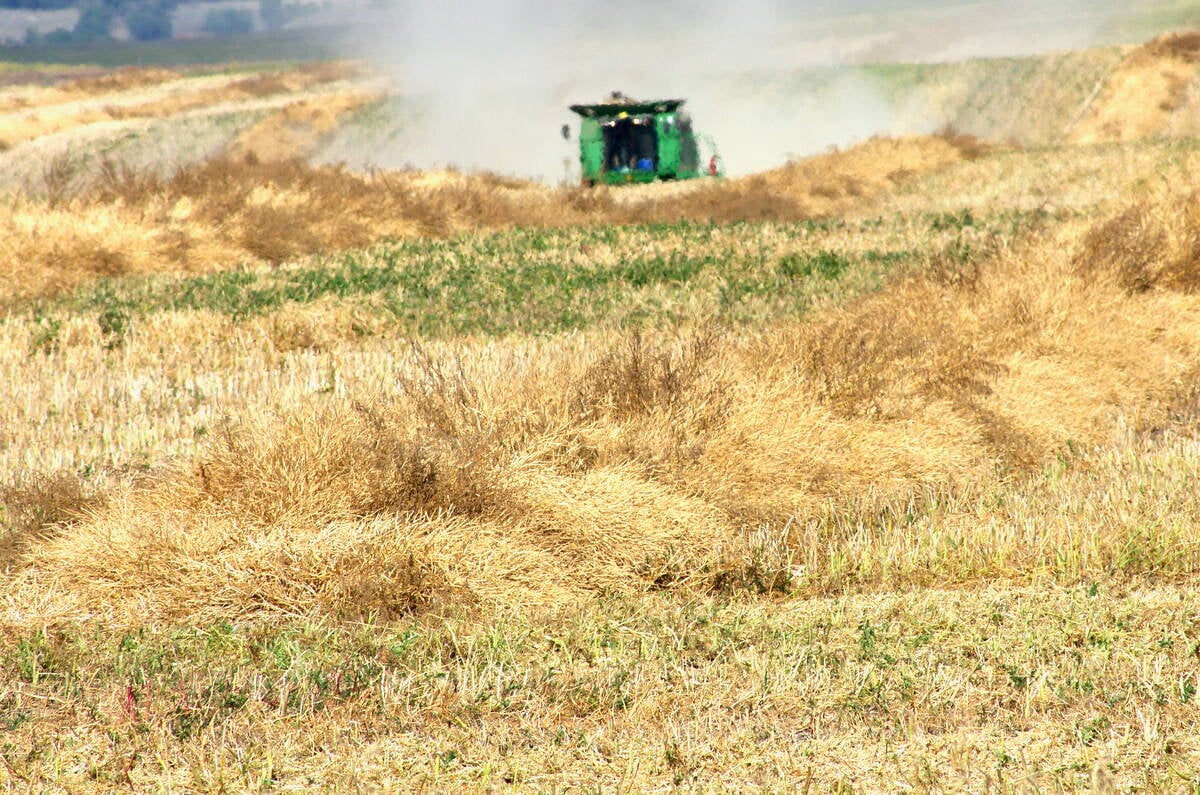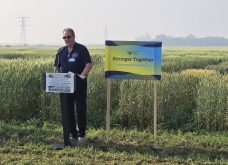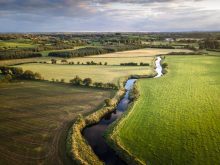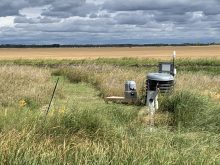The federal government should partner with commodity groups and foundations on agricultural research in Canada, not impose the priorities for that research, says a producer from Humboldt, Sask.
In mid-August, the feds contributed more than $4 million to the Western Grains Research Foundation to support integrated crop agronomy research.
The WGRF will provide $1.9 million and $1.5 million is coming from provincial commodity groups.
Read Also

Manitoba searches for Plan B on canola oil exports
A new report explores Manitoba’s current canola oil trade and possible alternative markets to the U.S.
“The agronomy cluster consists of seven projects (that) will be funded between April 1, 2023, and March 31, 2028. The research being funded aligns well with WGRF’s cross-cutting research priorities and the Sustainable CAP (Canadian Agricultural Partnership) priority areas,” the WGRF said in a release. “Research will focus on agronomic issues to improve sector profitability, increase carbon sequestration, reduce nitrous oxide emissions, and enhance resilience to climate change and herbicide resistance.”
Agriculture Canada, in a news release highlighting its $4 million contribution, said the funding comes from the Agri-Science Program — Clusters Component.
“The Cluster consists of research activities in each of the AgriScience program priority areas: Climate Change & Environment, Economic Growth & Development, and Sector Resilience & Societal Changes.”
Kenton Possberg, a director with the Western Canadian Wheat Growers, said some of those research priorities don’t match the priorities of grain farmers.
Producers are dealing with multiple challenges, including diseases like clubroot, fusarium, verticillium, Aphanomyces and pests like flea beetles, so something like societal changes should be at the bottom of the list for research dollars, he said.
“The industry used to be able to dictate what those research priorities were, and the federal government was kind of hands off,” said Possberg, who sits on WGRF board of directors, but spoke on behalf of the Wheat Growers.
“(Now) they’re sort of holding the industry hostage. Saying you guys can choose what you want to do for some of these projects, but unless 30 percent (of the research) is here and 20 percent is here (for) societal or climate change, then you don’t get anything….
“Having to position some of the funds and move it towards some of these other federal government interests, that’s going to take away from… projects we feel really need to get done.”
The priorities for the Agri-Science Program — Clusters, is part of a larger shift in philosophy in Agriculture Canada.
Last fall, Ag Canada unveiled a new strategic plan for science, which will focus more on mitigating and adapting to climate change, along with increasing the resilience of agriculture.
“With the climate crisis looming, research on incremental productivity gains will not protect the industry from the volatility of a changing environment. An effective response will require a paradigm shift,” the strategic plan says.
Gilles Saindon, assistant deputy minister for the science and technology branch at Agriculture Canada, said Ag Canada scientists will continue to study practical solutions for the ag industry and farmers.
“You cannot get into a climate solution by having something so drastic that you basically have no production system,” he said in January. “(But) we have to be imaginative in how we do this…. We have to do something much more holistic.”
The federal government has the authority to fund research as it sees fit. But when it is partnering with ag commodity groups, Ottawa shouldn’t force research on climate change mitigation and societal challenges because it takes dollars away from farmer priorities, Possberg said.
“If the federal government thinks it is that high of a priority and that high of a societal need, then the federal government should be funding those projects — 100 percent. They shouldn’t be holding the industry back.”
The Western Producer contacted WGRF, but the Foundation didn’t provide comments for this story.
Contact robert.arnason@producer.com
















